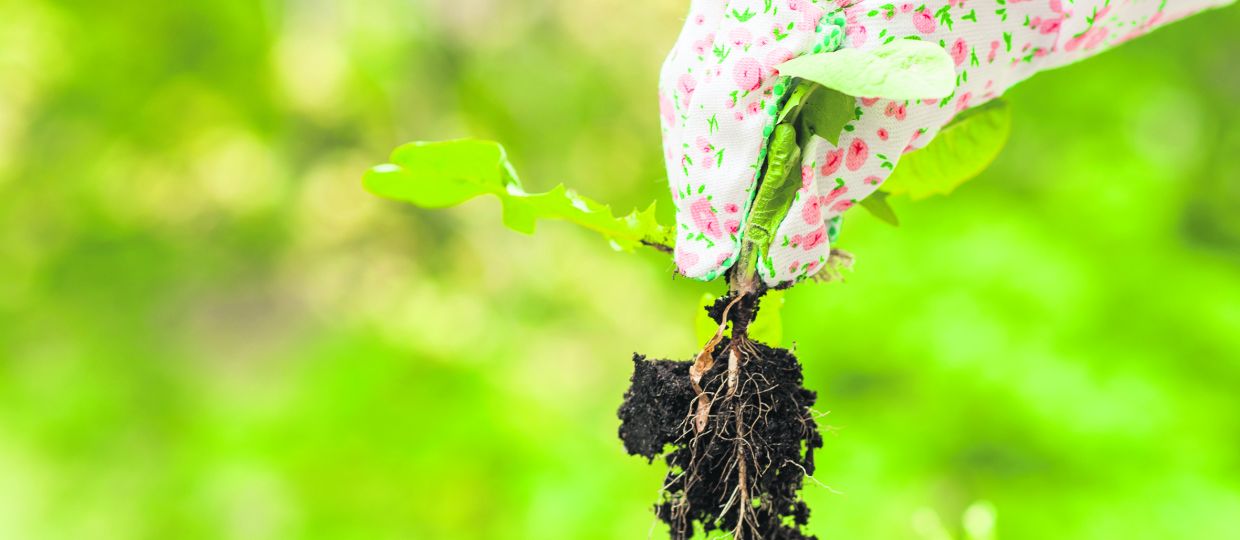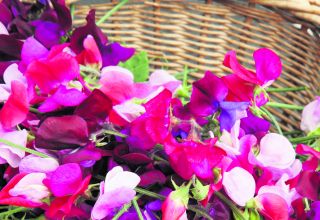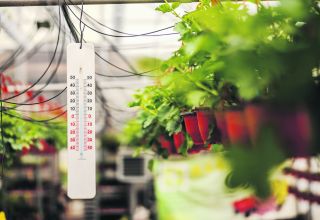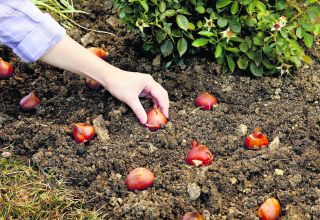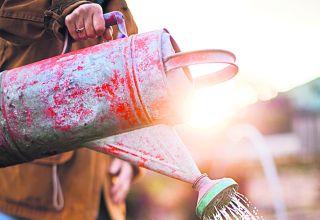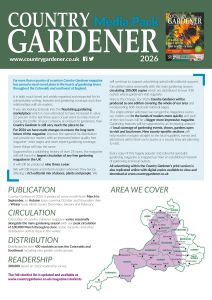A look at some of the essential jobs in the early spring garden.
March is the official beginning of spring, but it can be very cold so do keep an eye on the weather forecast and at times over the next few weeks. Patience will be needed. The clocks also go forward this month, so the lengthening daylight hours also help plants to get growing. Spring bulbs take centre stage in the borders and in patio pots, rewarding your efforts for planting them last autumn It is also the time to finish pruning tasks. Now’s the time to get vegetable seeds started in the greenhouse, and you can sow hardy seeds straight outdoors into their final positions. It’s also time to kickstart your flower displays. Start sowing flower seeds undercover to enjoy colourful displays come summer.
1. Top tips for the month
This month’s tips are all about getting a head start in the garden.
- Fertilise your beds. Once your soil is workable, dig a 5cm (or more) layer of compost or well-rotted manure into your beds to prepare for the growing season ahead. You can also work in a general-purpose fertiliser, such as pelleted chicken manure, or fish, blood and bone.
- Put supports in. If any of your garden plants or climbers need supporting this year, put them in now, so plants can grow up through them. Adding supports afterwards is trickier and often looks unattractive.
- Move deciduous trees or shrubs. Now is the time to do this task, provided the soil isn’t frozen or waterlogged.
- Resurface paths before plants start to grow and smother them.
2. Get on top of weeks as soon as you can
Weeds will be growing as strongly as your plants during these weeks, so keep on top of them before they can get a hold. Digging them up with a hand fork is the best idea, as you can get all the roots out. Reserve hoeing for dry weather, as weeds can re-root if the soil is moist.
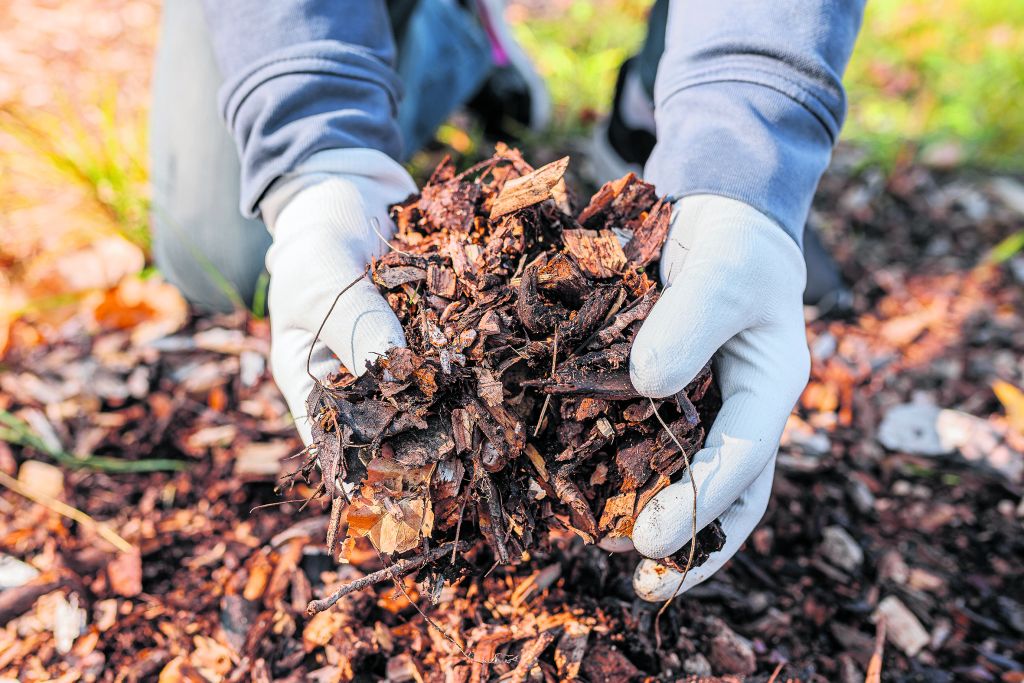
3. Mulch, mulch and mulch
The most effective way of improving the soil in established borders is to mulch the surface with a three cm-layer of organic matter, such as garden compost. It will also help to suppress weeds and trap moisture in the soil. If your heap doesn’t produce enough compost to mulch the whole garden, it’s worth contacting your local council to see if it’s possible to buy the compost that’s made from the green-waste collections. Mushroom compost (though not for acid-loving plants, as it contains chalk) and composted bark make good alternatives and can be bought online.
Before you start, make sure you have thoroughly weeded the bed and that you have sufficient mulching material – this could be leaf mould, compost, well-rotted manure or bark chippings. Always leave a gap around the stem of plants.

4. Plant early potatoes
Towards the end of the month early potatoes, such as ‘Accent’ and ‘Red Duke of York’ can be planted. The potatoes can be grown in the ground by digging a 12cm deep trench with some manure forked in. Plant the tubers about 30cm apart with 45cm between rows and cover with soil.
Potatoes can also be grown in raised beds or even large containers if you don’t have a lot of space. They need a minimum depth and width of 30cm Half fill the bed/container with a multi-purpose compost then plant the potatoes and cover leaving some space at the top.
Make sure you water the pot regularly, so the compost is moist but not wet. By late June or early July, your potatoes should be ready to harvest. Check they’re ready by putting your hand into the pot and gently feeling for the tubers. If they feel big enough, tip out the contents of the pot, otherwise leave them to continue growing.
5. Plant summer-flowering bulbs
Summer bulbs such as tulips, dahlias, lilies and gladioli can now be planted. When picking your bulbs ensure that bulbs feel firm to the touch and don’t have any signs of mold. The bulbs can be planted where you want them to flower. Bulbs hate to be wet so need good drainage. Therefore, put a handful of grit at the bottom of the planting hole.
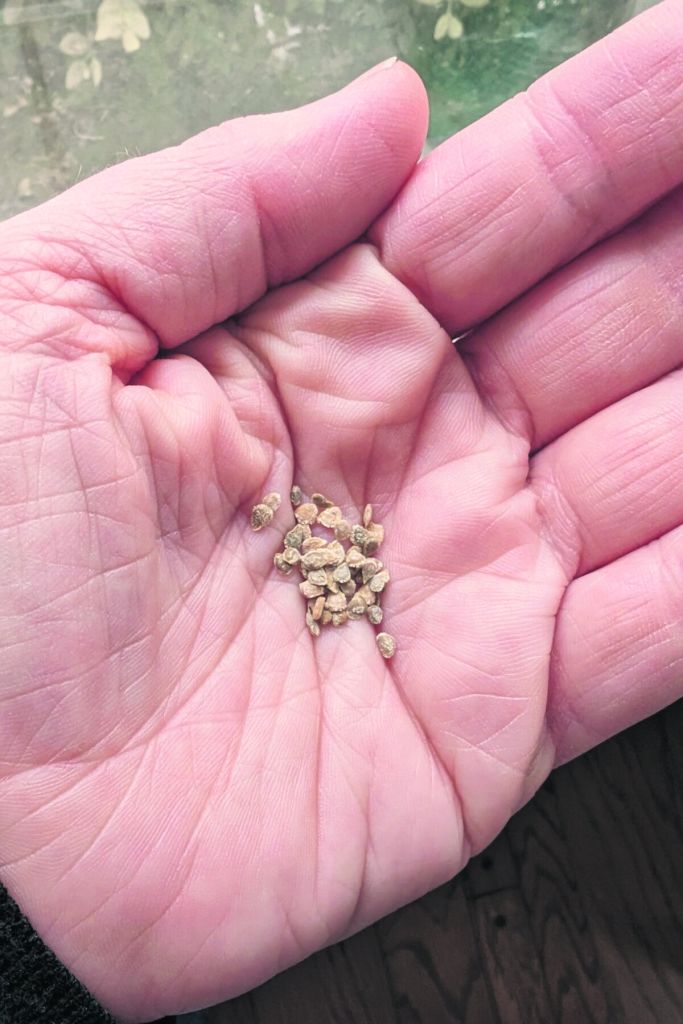
6. Sow your first tomatoes
It may seem a bit early, but March is really the time to sow tomatoes for growing indoors. Wait until mid-month and then sow tomatoes you’re planning to grow indoors, pricking out the seedlings into individual pots later on. Plants for growing outdoors are best sown in April or they’ll be ready before it’s warm enough to plant them outdoors.
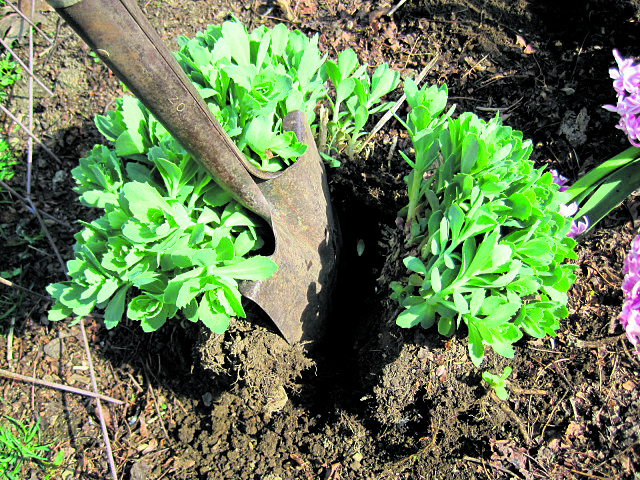
7. Cut back perennials and grasses that were left over winter
If there are any perennials that were not cut back in the winter, now is the time to do it. This is to make way for the green shoots. Cut back to ground level but be careful not to damage the new growth. The dead foliage can be added to your compost heap. Any overgrown clumps of perennials can be divided. Perennials will also need dividing once a plant becomes woody or dies back at the centre. To divide the plant, dig it up and split it up into several pieces. After pruning and dividing, then it’s time to feed established plants with an all-round plant food. After feeding, mulch your borders with homemade compost. Always apply mulch over moist soil, ideally after it has rained.
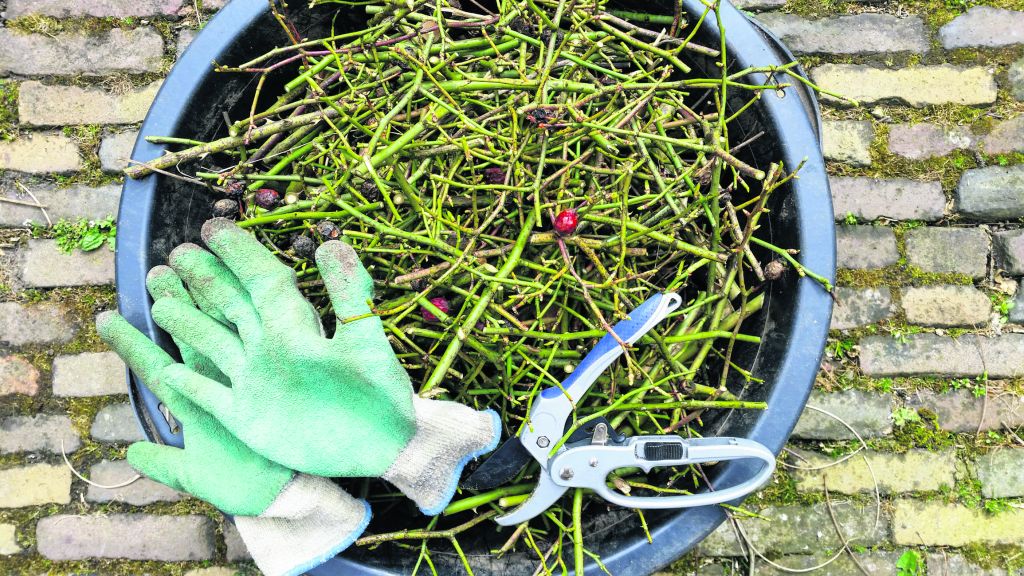
8. Prune and feed roses
Now is the time to cut back any rose bushes and hedges. Prune rose bushes when the first growth is beginning, this will encourage new growth again for the new season. It also gives the rose bush an attractive shape and good structure. Use secateurs to delicately cut stems without causing damage. Pruning roses should remove all crossing, damaged and dead wood. The main stems should be pruned to an outward-facing bud around 15-20cm from ground level. Any climbing plants should have their side-shoots cut back to three or four buds. After the pruning, it is advisable to feed the roses with a specialist rose food.
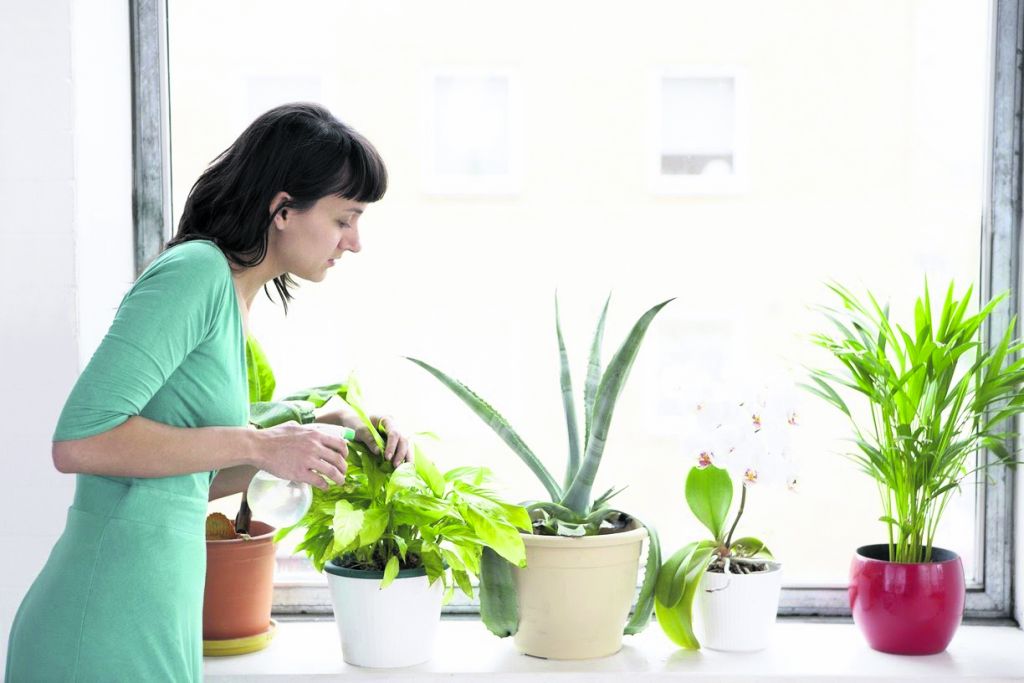
9. …and don’t forget your houseplants
When you see growth starting again it’s time to check your houseplants. Some may just need a tidy up, clearing away dead leaves and debris and a bit of a prune to get it back into shape. If roots are appearing through the base it’s a sign, they need repotting. If you can’t see the roots, but it’s a while since they were repotted, try to loosen the plug of earth out of the pot and see if the roots are circling as if desperate to get out. If so it’s time to repot.
Ideally, water plants a few days before repotting. Use washed pots, one size larger than the existing pot, and fresh clean potting compost – whichever is correct for the plant. Some plants like a lighter mix so mix up your own soil for each plant using a combination of potting compost, sand and perlite as necessary.
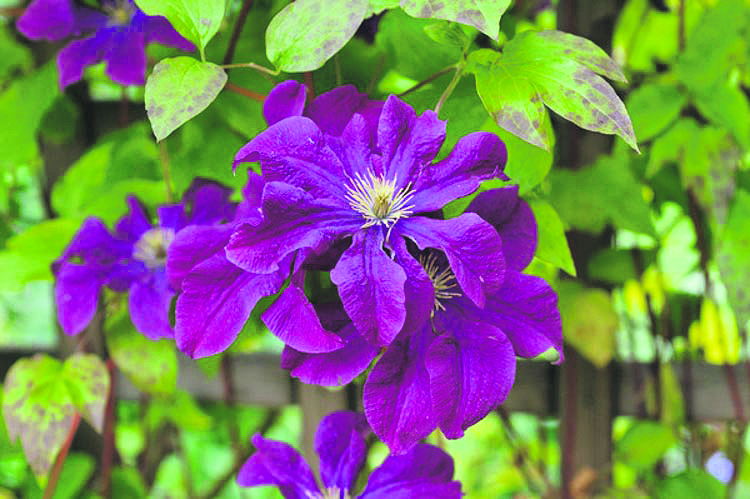
10. Plant a clematis
March is a good time to plant a summer-flowering clematis. These climbers race away now and those that flower after Midsummer’s Day (21st June) produce lots of smaller flowers from top to toe. Classic varieties include ‘Étoile Violette’, ‘Polish Spirit’, and ‘Betty Corning’. Pruning’s easy, just cut them back to the lowest buds in mid-February and they won’t suffer from wilt.
11. What vegetable seeds to plant in March
Hardy crops can be planted out in March, although those in the very north of the country should wait until the end of the month or even early April, depending on the weather. Hardy vegetables include broad beans, peas, spinach, garlic, onions, radish, Swiss chard and beetroot. Sow in short rows at weekly intervals to ensure a steady crop over summer and autumn.
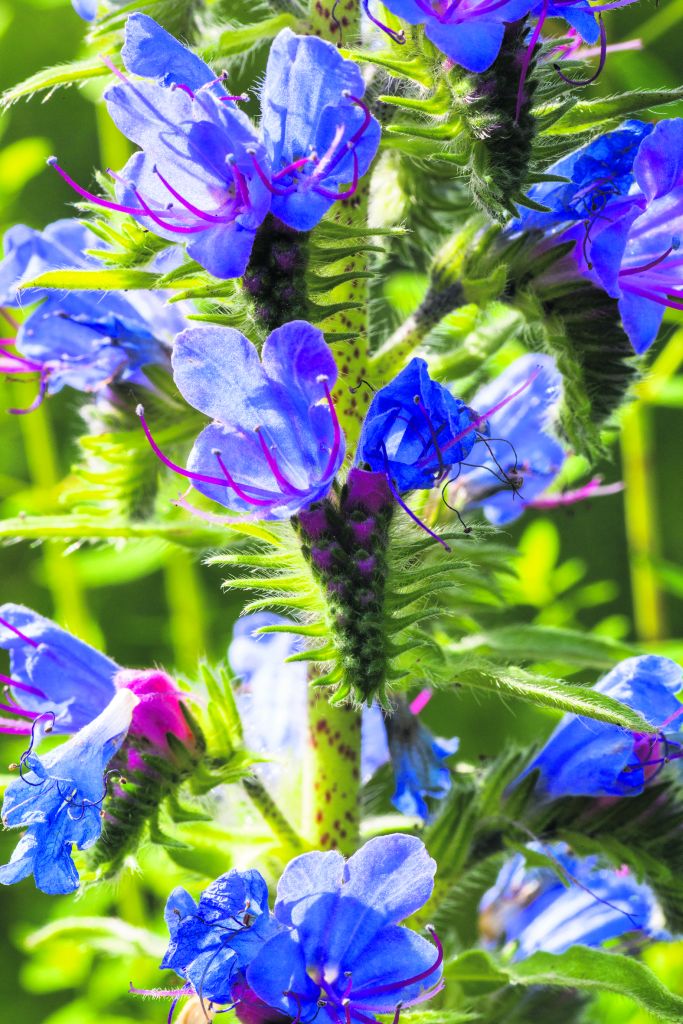
12. Flower seeds to sow in March
Hardy annuals can be sown in trays indoors or under glass now but unless you live somewhere mild it’s a bit early for half hardies.
There’s nothing more depressing than seeds that fail and these should deliver: honeywort Cerinthe major ‘Purpurascens’, cornflowers, borage (great for bees and decorating drinks) and viper’s bugloss (also great for bees and for butterflies).
If seed trays have been stored somewhere outdoors or weren’t washed when you put them away, give them a good wash and brush up with hot soapy water and don’t think you’ll save money by using old compost or earth – you’ll regret it when seeds shrivel and die.
Use large trays, fill with seed compost to near the top and water with a can with a fine rose or stand in a sink until the tray’s absorbed moisture. Don’t use water from the butt as this can lead to disease and try to use lukewarm rather than freezing cold water.
Sprinkle over seeds as sparingly as you can manage and use a sieve to sprinkle of a light layer of dry compost. Sit somewhere light and neither too hot nor too cold. You want an even temperature around 18°C or 64°F. Some people like to cover the tray with glass or a clear polythene. You should see results in a week or two.
13. Keep an eye on wildlife
While bulbs are blooming and birds are singing, March can be a difficult time for garden wildlife.
Temperatures in March can still fall well below zero at night, so invertebrates such as earthworms, green shield bug, beetles and caterpillars may still be taking shelter. Garden birds will have eaten all but the last of the berries, and with less invertebrate food available, they can often go hungry, just at a time when they need to be in good condition for breeding.
March is the key month for breeding amphibians. Frogs start breeding first, laying clumps of jelly-like spawn at the pond edge, joined by toads a couple of weeks later. Toads tend to breed in larger ponds than frogs, and are more likely to return to ‘ancestral’ pond sites. They lay ‘ribbons’ of spawn around the stems of submerged plant such as marsh marigold. Finally, newts return to ponds – shine a light into the water at night to see males performing a courtship dance to woo females. Female newts wrap eggs individually in leaves of marginal plants such as water forget-me-not and brooklime.
14. March is still a busy pruning month
March is one of the busiest months for pruning with a wide range of shrubs and other plants requiring their annual prune.
Timing is of course everything when it comes to pruning.
By now it is too late to prune apples, pears and late flowering clematis. But climbing roses, hybrid teas and floribundas need a March pruning and the sooner the better, so they don’t waste their energy growing leaves which are about to be lopped off. Borderline perennials such as penstemons and phygelius can also be pruned.
Tender evergreen shrubs such as variegated griselinia are best pruned now. The new growth triggered by the pruning should not be damaged by hard frosts. Evergreen edging and topiary can be finished now to create a smooth finish.

